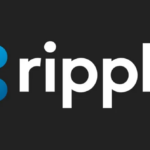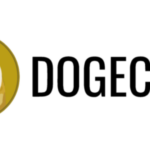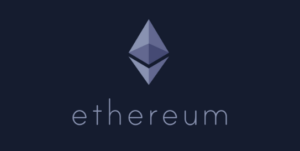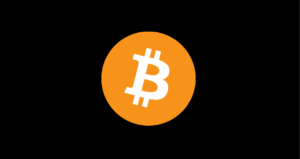Ethereum’s Weekly Activity Decreases by 19.34% Despite Long-Term Growth

Activity on Ethereum’s blockchain has shown a notable increase in user engagement, but with a slight dip in the number of active addresses compared to the previous week. The data from 2022 to mid-2025 reveals a consistent rise in weekly activity overall, with peaks in activity recorded during the second quarter of 2025.
Despite the recent decline in active addresses, the broader trend in multi-chain activity remains encouraging. The number of active addresses across multiple chains within the Ethereum network decreased only slightly, suggesting that users are still diversifying their interactions across Layer 2 solutions and other Ethereum-compatible chains.
Within the Layer 2 ecosystem, there has been a more pronounced short-term decrease in user engagement. The Layer 2 multiplier, which measures the volume of transactions on Layer 2 relative to the base layer, dropped significantly from the previous week. This decline may indicate a temporary slowdown in Layer 2 usage, following a period of rapid growth driven by user demand for lower fees and faster transaction speeds. However, even with this recent pullback, current levels of activity on Layer 2 networks outpace the average observed throughout 2023.
In terms of price, Ethereum is currently trading at $2,459.46, showing a minimal 0.2% decrease in value over the last 24 hours. The support level for the cryptocurrency is at $2,402.46, while resistance is at $2,465.80. Despite the relatively stagnant price movement, user engagement on the network continues to rise steadily, indicating substantive interest and usage beyond mere speculative trading. The recent surge in address counts reflects this growing engagement, with activity levels reaching new highs, especially in the second quarter of 2025.
Overall, the evolving landscape of Ethereum’s blockchain ecosystem is evident from the increasing user activity, highlighting a shift towards more meaningful interactions within the network. This trend underscores the network’s growing significance and utility in facilitating a wide range of decentralized applications and financial services.





